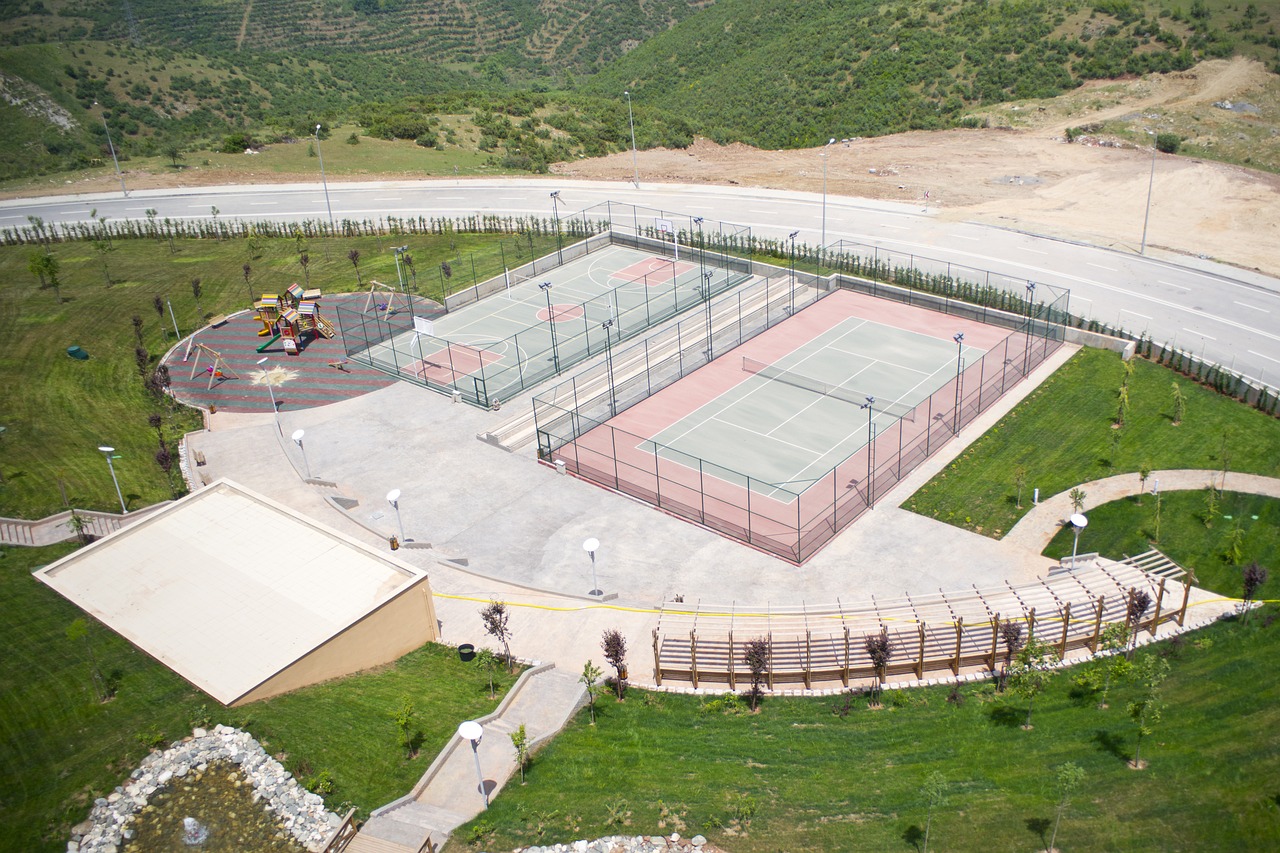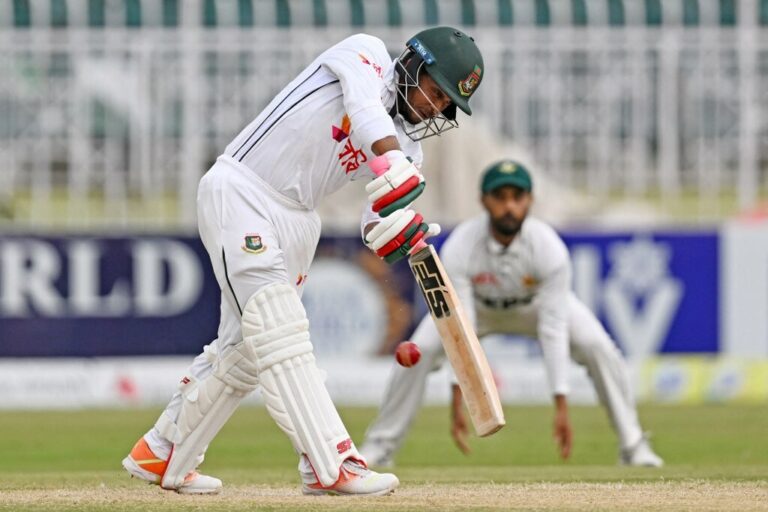The Importance of Proper Pad Fitting
Reddy Anna Book, Reddy Book Club: Proper pad fitting is crucial for ensuring the comfort, health, and performance of your horse. Ill-fitting pads can lead to soreness, discomfort, and even long-term injuries for your equine companion. This can not only affect their well-being but also hinder their ability to perform at their best.
A well-fitted pad helps distribute the weight of the saddle evenly, minimizing pressure points and preventing rubbing or chafing. By ensuring that the pad fits properly, you can help prevent issues such as saddle slipping, muscle strain, and even behavioral problems in your horse. Ultimately, proper pad fitting is an essential part of maintaining the overall well-being and performance of your horse.
Common Issues with Improper Pad Fitting
Improper pad fitting can lead to a variety of issues for both the horse and rider. A pad that is too small may cause friction and irritation, leading to discomfort and potential sores on the horse’s back. Conversely, a pad that is too large may shift during riding, causing unsteadiness and impacting the rider’s balance and security in the saddle.
Furthermore, when a pad is not properly fitted, it can compromise the overall performance of the horse. A poorly fitting pad can create pressure points that restrict the horse’s movement and hinder their ability to perform at their best. This can result in a lack of engagement, reduced stride length, and even behavioral issues as the horse tries to communicate their discomfort and frustration.
Why does proper pad fitting matter?
Proper pad fitting is important because it ensures that the horse’s saddle sits correctly on their back, preventing discomfort, pain, and potential long-term damage.
What are some common issues that can arise from improper pad fitting?
Some common issues with improper pad fitting include saddle slipping, pressure points, restricted movement, and potential back soreness or injury for the horse.
How can I tell if my pad is fitting incorrectly?
Signs of improper pad fitting can include uneven sweat patterns under the saddle, the saddle sliding forward or backward while riding, or the horse showing signs of discomfort or resistance during saddling or riding.
What steps can I take to ensure proper pad fitting?
To ensure proper pad fitting, you should regularly check the fit of your saddle pad, make sure the pad is clean and free of debris, and consider consulting with a professional saddle fitter for expert advice.
Can improper pad fitting cause long-term damage to my horse?
Yes, improper pad fitting can potentially lead to long-term damage such as muscle atrophy, nerve damage, and chronic pain for the horse if not addressed promptly. It is important to prioritize proper pad fitting for the health and well-being of your horse.







